(Quang Ngai Newspaper) - Production associated with environmental protection has become an inevitable global trend. Therefore, investing in and applying friendly production processes, towards reducing CO2 emissions is no longer an option, but has become a mandatory requirement for enterprises to maintain competitiveness in the market.
The manufacturer gets involved
Green development has become an inevitable trend and is increasingly widespread, becoming a mandatory requirement in the context of increasing climate change. Not only for export but also for domestic consumption, products require criteria on hygiene, environment, emissions and use of renewable energy in production. To adapt to this trend, enterprises in the agricultural sector in the province have boldly invested in equipment to improve production processes, prioritizing the use of renewable energy. For example, at the Truc Loc egg-laying chicken farm in Thach Thang village, Duc Phong commune (Mo Duc), with a scale of 26,000 square meters. In addition to the modern, closed-loop barn system that ensures disease control, to meet food safety conditions, the farm owner has invested in a solar energy system in all barn areas.
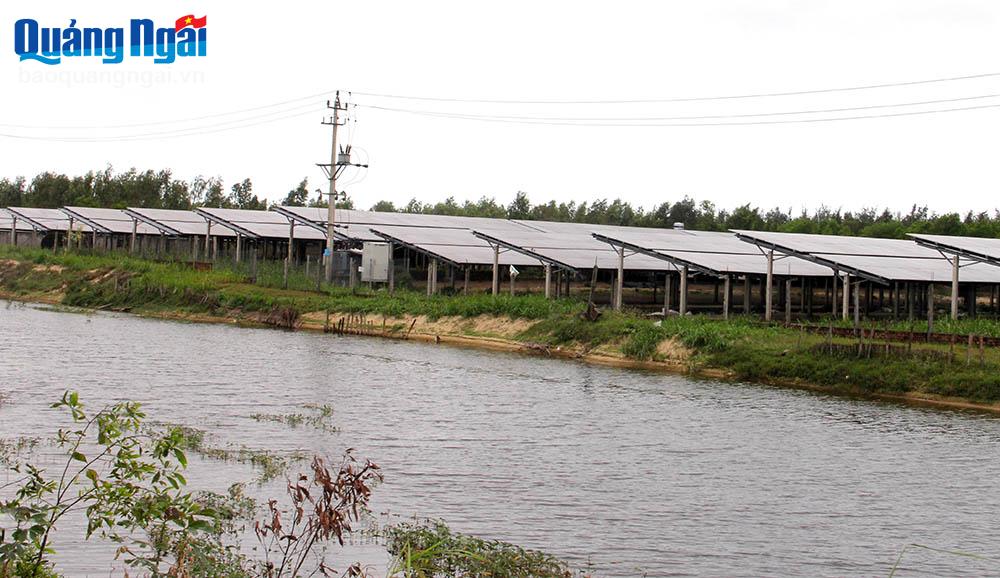 |
| Truc Loc egg-laying chicken farm in Thach Thang village, Duc Phong commune (Mo Duc) has invested in a solar energy system, contributing to reducing emissions and protecting the environment. |
Mr. Nguyen Van Loc - Owner of Truc Loc egg-laying chicken farm said that using solar energy helps the farm to proactively source electricity during the operation of the barn system and auxiliary activities, in order to reduce costs and increase efficiency. This renewable energy source limits harmful gas emissions, reduces environmental pollution, and contributes to meeting food hygiene and safety standards in production. Currently, the farm supplies more than 4,500 eggs/day to the market. From March 2025, the farm will put into operation a second barn with a scale of 5,000 laying hens, bringing the total scale of the farm to 10,000 hens, with an egg output of over 9,000 eggs/day.
TBT Agriculture and Forestry Company Limited also invests in building raw material areas following the green and clean trend by persistently applying friendly farming methods, controlling soil and water quality, and applying mechanization to all stages, from production, care to harvesting and processing. After more than 5 years of accompanying, up to now, the rice fields invested by this company in Duc Phu and Duc Thanh communes (Mo Duc) have now been systematically planned, farmers have skillfully applied production techniques according to clean standards, helping rice products reach far. Director of TBT Agriculture and Forestry Company Limited Vo Thi Hong Van said that applying technology and mechanization helps farmers reduce a large amount of irrigation water, save labor, and increase economic efficiency. The most important thing is the direction of environmentally friendly production, shifting production from small-scale to modern agricultural production. Thereby, gradually bringing clean rice and products processed from rice to the domestic market, aiming for export.
Community responsibility
Not only industry, agricultural production is also a sector with large emissions (mainly methane). Rice cultivation is the largest source of methane emissions, due to the increased use of chemical fertilizers in the production process. Therefore, reducing methane emissions in agricultural production has become a key priority in environmental protection and climate change response. Along with the efforts of enterprises, specialized sectors and local authorities have also joined the green transformation and green development by focusing on solutions to improve the quality of people's living environment, strengthen effective management of resources, and ensure sustainable production and consumption models.
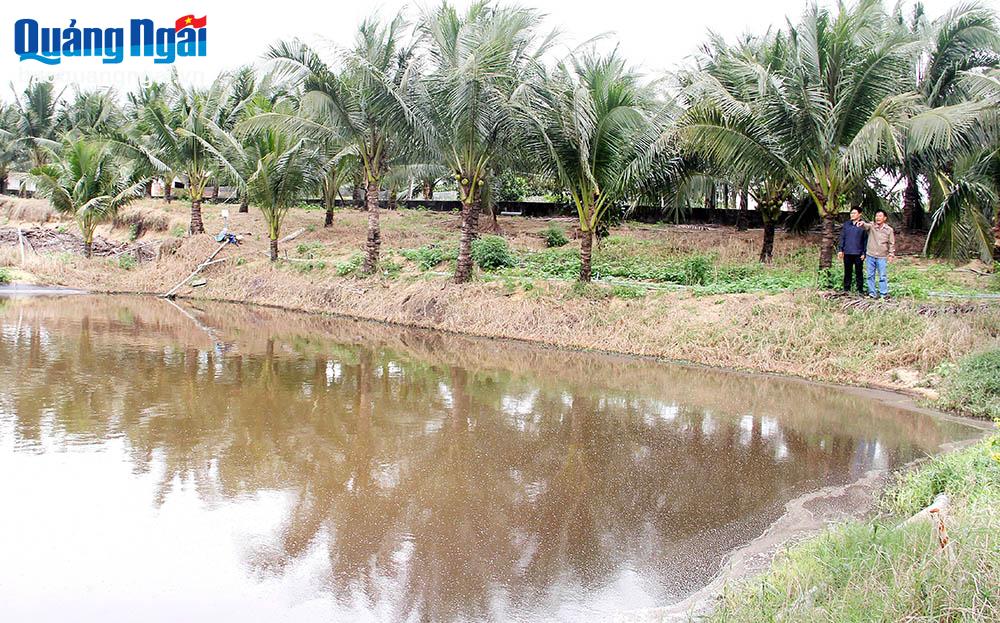 |
| Phat Loc livestock farm, Duc Phong commune (Mo Duc) invested in a wastewater treatment system combined with planting trees to ensure the environment. |
According to Vice Chairman of the People's Committee of Nghia Hanh District, Dam Bang, household-scale farming and livestock farming account for a high proportion, so green transformation and green development in the agricultural sector need to start with farmers. Specialized agencies need to research, transfer and encourage farmers to implement methods and measures to improve soil by adding organic matter, using biogas technology to convert livestock waste into renewable energy, helping to reduce methane emissions. At the same time, apply monitoring technologies and forecasting models to effectively monitor and manage methane emissions.
| Currently, the agricultural sector and localities are making efforts to implement the Project on developing the production and use of organic fertilizers by 2030, with a vision to 2050 in the province. Thereby, ensuring the goal that by 2030, at least 50% of districts, towns and cities will build a model of using organic fertilizers associated with the value chain for key products and specialties with local advantages. In addition, the Department of Agriculture and Rural Development has also implemented related procedures for the cooperation of Faeger Co., Ltd. (Japan) in surveying, testing and piloting the Carbon Credit project on rice. Thereby, gradually spreading the rice cultivation program to reduce emissions in the province. |
Director of the Department of Agriculture and Rural Development Ho Trong Phuong expressed that green development does not stop at applying modern technology or converting production, but also requires changes in thinking and strategies of all levels, sectors, localities, manufacturers as well as distributors and consumers. In addition to efforts to effectively implement support policies, the agricultural sector will continue to review and advise the province to issue priority mechanisms, encourage enterprises to invest in advanced technology, renewable energy systems, effective waste treatment measures, or use environmentally friendly materials. On the enterprise side, it is necessary to review and improve production processes, thereby identifying points that cause emissions, stages that use a lot of energy to classify and treat waste. This not only helps to minimize environmental impacts but also saves costs in the long term. However, green development cannot be concentrated in a certain field, nor is it the responsibility of manufacturers alone, but requires synchronous participation from sectors, levels as well as the community.
Article and photos: MY HOA
RELATED NEWS:
Source: https://baoquangngai.vn/kinh-te/nong-nghiep/202502/thuc-day-phat-trien-xanh-8aa18cf/











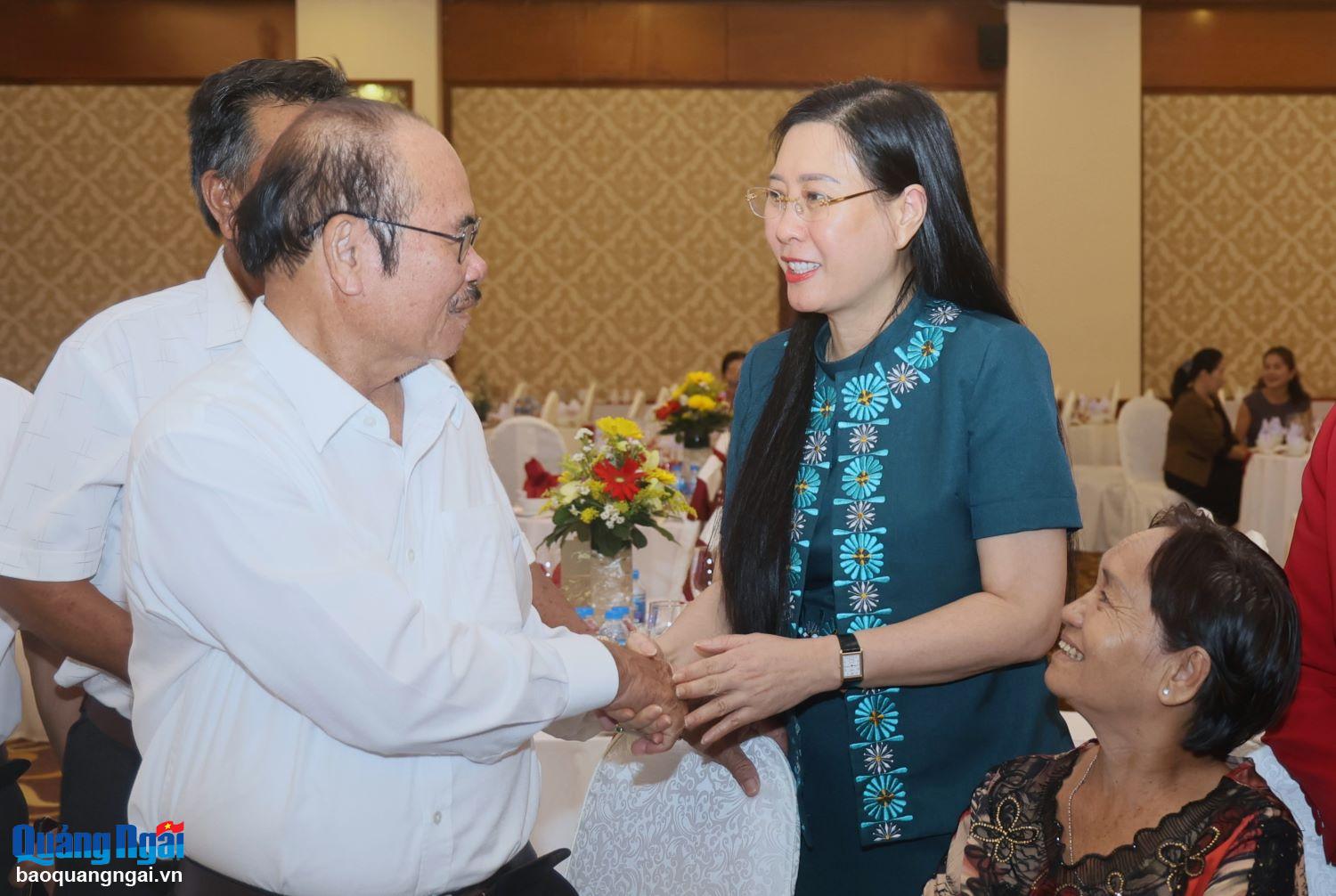
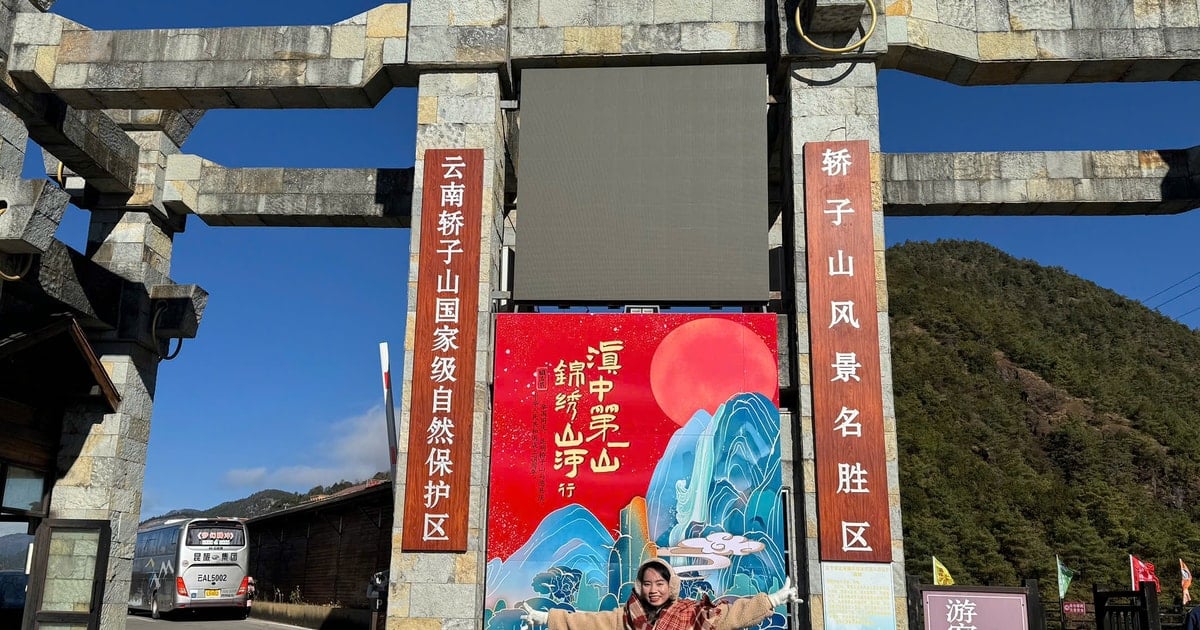
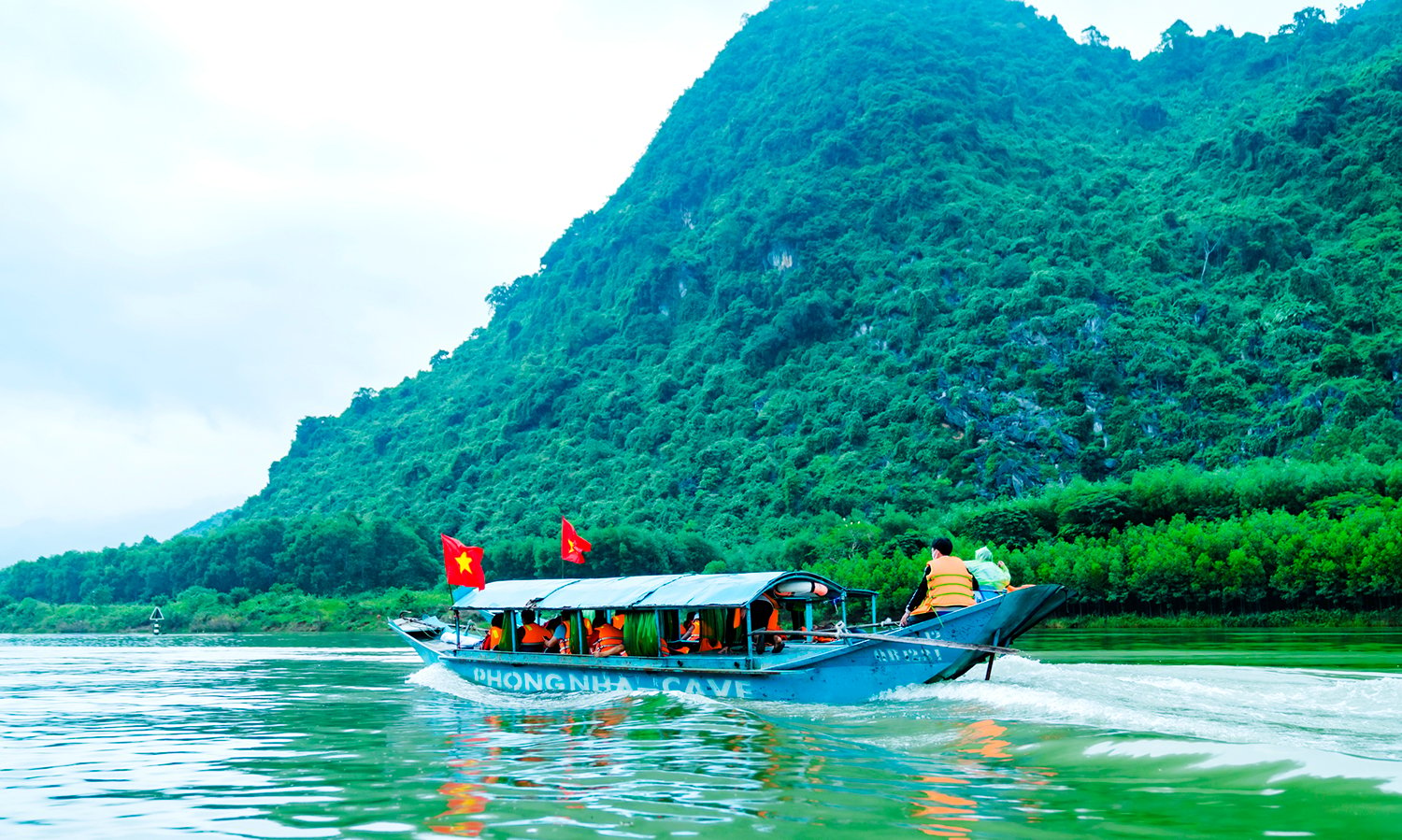
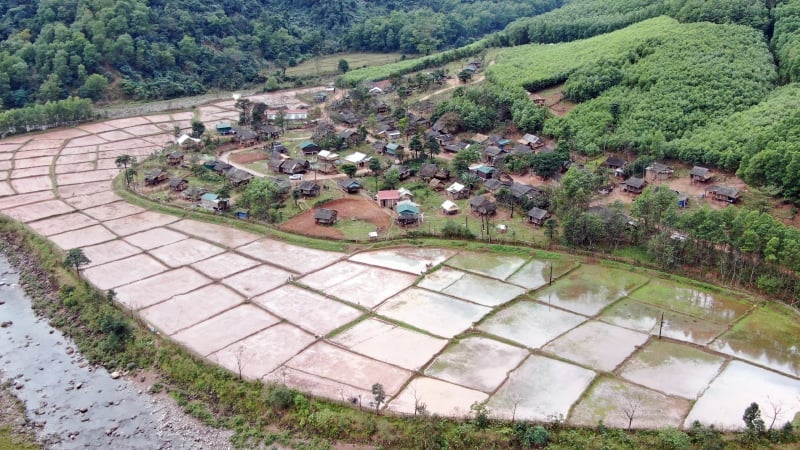



















Comment (0)